
The Noisy Plainfin Midshipman
There are many hazards of the sea. One of the least dangerous, yet still highly annoying and somewhat mysterious is the loud humming sound heard coming from the sea on summer nights by residents of coastal towns, in boats or in houses near the shore. The hum has been described variously as similar to the drone of a B-29 bomber or a giant electric shaver.
It is unclear how long this subsea hum has been keeping coastal dwellers awake, but in 1985, after complaints from houseboat dwellers in Sausilito, California, volunteers from a local aquarium found the answer.


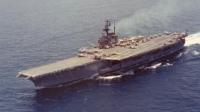 The first US Navy “
The first US Navy “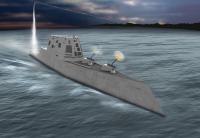 At about the same time that the Forrestal was sent to scrap, Bath Iron Works in Maine floated
At about the same time that the Forrestal was sent to scrap, Bath Iron Works in Maine floated 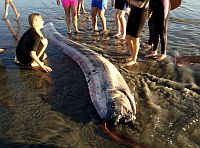 A second rare
A second rare 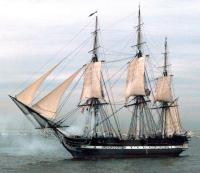 October 21st is a busy day in nautical history. In addition to being the anniversary of the
October 21st is a busy day in nautical history. In addition to being the anniversary of the 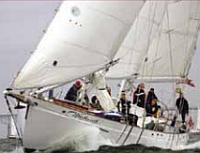 Congratulations to all the racers in this year’s
Congratulations to all the racers in this year’s  “
“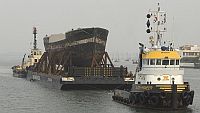 The composite clipper ship,
The composite clipper ship, 
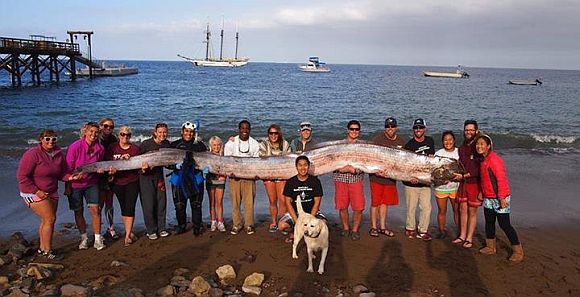
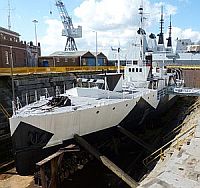 Monitor HMS M33
Monitor HMS M33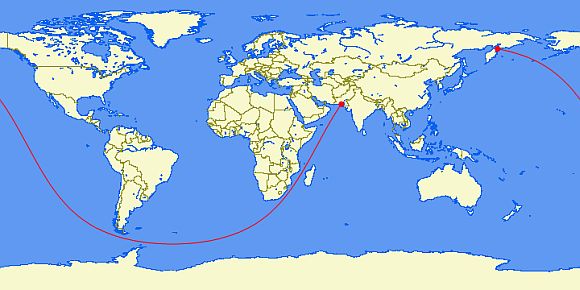 How far can you sail in a straight line without hitting land? The answer appears to be an almost 20,000 mile voyage from Pakistan to the
How far can you sail in a straight line without hitting land? The answer appears to be an almost 20,000 mile voyage from Pakistan to the 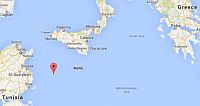 For the second time in roughly a week, a smuggler’s boat overloaded with migrants from Africa has capsized in the Mediterranean off Sicily, near the island of Lampedusa. At least 27 died, but 221 were rescued from the water. The boat capsized 65 miles (105 kilometers) southeast of Lampedusa.
For the second time in roughly a week, a smuggler’s boat overloaded with migrants from Africa has capsized in the Mediterranean off Sicily, near the island of Lampedusa. At least 27 died, but 221 were rescued from the water. The boat capsized 65 miles (105 kilometers) southeast of Lampedusa.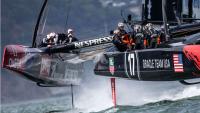 For anyone in the New York Area I will be speaking at the New York Shiplore and Model-makers Club on Tuesday night at 7:30 PM on the “AC72 and the Evolution of the
For anyone in the New York Area I will be speaking at the New York Shiplore and Model-makers Club on Tuesday night at 7:30 PM on the “AC72 and the Evolution of the 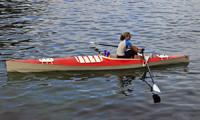 We recently posted
We recently posted